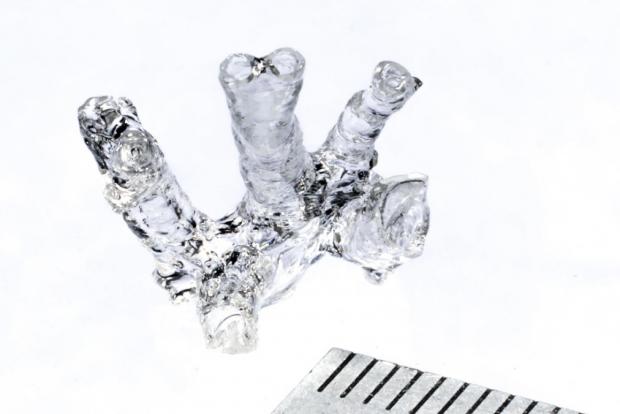
Breaking News
 2 Hours of Retro Sci-Fi Christmas Songs | Atomic-Age Christmas at a Snowy Ski Resort
2 Hours of Retro Sci-Fi Christmas Songs | Atomic-Age Christmas at a Snowy Ski Resort
 Alternative Ways to Buy Farmland
Alternative Ways to Buy Farmland
 LED lights are DEVASTATING our bodies, here's why | Redacted w Clayton Morris
LED lights are DEVASTATING our bodies, here's why | Redacted w Clayton Morris
Top Tech News
 Travel gadget promises to dry and iron your clothes – totally hands-free
Travel gadget promises to dry and iron your clothes – totally hands-free
 Perfect Aircrete, Kitchen Ingredients.
Perfect Aircrete, Kitchen Ingredients.
 Futuristic pixel-raising display lets you feel what's onscreen
Futuristic pixel-raising display lets you feel what's onscreen
 Cutting-Edge Facility Generates Pure Water and Hydrogen Fuel from Seawater for Mere Pennies
Cutting-Edge Facility Generates Pure Water and Hydrogen Fuel from Seawater for Mere Pennies
 This tiny dev board is packed with features for ambitious makers
This tiny dev board is packed with features for ambitious makers
 Scientists Discover Gel to Regrow Tooth Enamel
Scientists Discover Gel to Regrow Tooth Enamel
 Vitamin C and Dandelion Root Killing Cancer Cells -- as Former CDC Director Calls for COVID-19...
Vitamin C and Dandelion Root Killing Cancer Cells -- as Former CDC Director Calls for COVID-19...
 Galactic Brain: US firm plans space-based data centers, power grid to challenge China
Galactic Brain: US firm plans space-based data centers, power grid to challenge China
 A microbial cleanup for glyphosate just earned a patent. Here's why that matters
A microbial cleanup for glyphosate just earned a patent. Here's why that matters
 Japan Breaks Internet Speed Record with 5 Million Times Faster Data Transfer
Japan Breaks Internet Speed Record with 5 Million Times Faster Data Transfer
New bioprinting tech creates body parts within seconds

Ordinarily, bioprinting is performed in a fashion much like regular 3D printing – an object is slowly built up as successive layers of material are deposited one on top of the other. This means that it can take hours or perhaps days to produce even a simple item.
Lately, though, scientists have been experimenting with a faster method of printing a variety of non-biological objects, which is known as volumetric printing. Working with colleagues at the Netherlands' Utrecht University, a team from the Swiss EMPA research institute has adapted that technology to produce body parts measuring up to several square centimeters in size – these parts have included a valve similar to a heart valve, a meniscus, and a complex-shaped section of femur.
The process involves projecting a laser beam down into a slowly-spinning tube that's filled with a stem cell-laden photosensitive hydrogel. By selectively focusing the light energy at specific locations within the tube, it's possible to solidify the gel in those places only, building up the desired three-dimensional object within a matter of seconds. The stem cells are unharmed in the process.

 $100 SILVER CONFIRMED?
$100 SILVER CONFIRMED?

